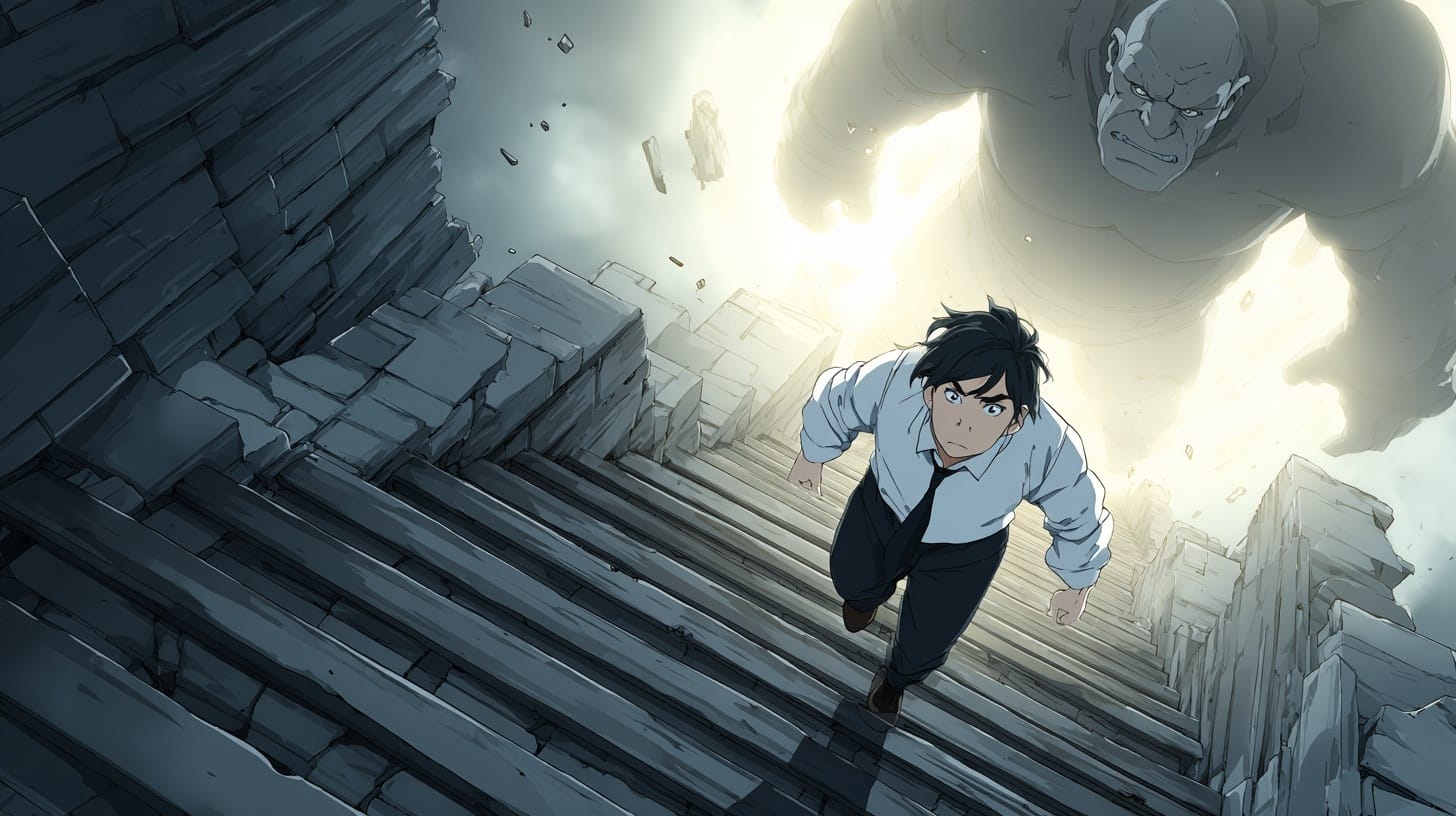Harder is Better

When I first started building companies, I thought the goal was speed. Move fast, avoid obstacles, and get to market quickly.
But over time I learned something counterintuitive: sometimes the obstacle is the strategy.
Paul Graham once described it as “running upstairs.” Imagine being chased by a stronger, heavier opponent. If you go downstairs, he’ll catch you. If you go upstairs, it’s harder for both of you—but much harder for him.
In my early ventures, we often chose the difficult path. Not because we enjoyed suffering, but because the hard problems built protection. Competitors could copy features, raise money, or hire talent. What they couldn’t copy easily was our ability to endure pain longer than they could.
I remember nights spent fighting bugs that seemed impossible. Exhausted, frustrated, but strangely proud. Because every time we solved something brutal, we knew we had carved out terrain where bigger players wouldn’t follow.
That’s the paradox of startups: your advantage often lies where things are the most uncomfortable. Barriers to entry aren’t just technical patents or legal shields. They are the scars you earn by pushing through what others avoid.
So when facing a decision, ask yourself: am I running downstairs—or am I running upstairs?
No spam, no sharing to third party. Only you and me.